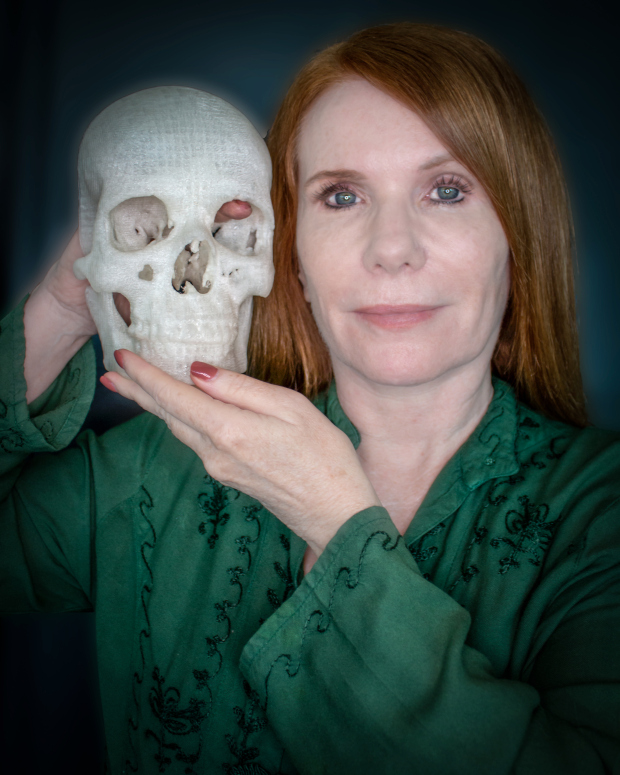When Michael Balzer got into 3D printing in the summer of 2013, he had no idea it would be this pursuit that would literally save his wife’s life. After she had thyroid problems, Michael felt the need to stay updated on her overall health and eventually pushed her to have an MRI in the spirit of being thorough and, low and behold, a three-centimeter mass behind her left eye was discovered. The typical response from the doctors came in the “this is common and you should follow up in a year” variety, and this just wasn’t something Michael could live with, especially after the couple’s experience with the thyroid treatment which went from “we need to cut your throat open which will leave a huge scar” to “we can use robots to do things that human hands can’t which will not only be more effective but leave no scarring” simply because Michael and his wife Pamela Shavaun Scott had insisted on looking for alternatives. This experience taught the two of them that second and third opinions were not only necessary but mandatory for major health issues.
In a Makezine.com article, author Sara Breselor outlines just how far Michael Balzer went to help Pamela, but in the comments section Balzer speaks up under the moniker All Things 3D and gives the medical research credit to his wife, calling himself “the IT department” and his wife the real hero in this story. He also goes on to explain that he used four different machines to print the tumor and skull which includes the Makerbot Replicator 2, The Ultimaker 2, which he says was “one of the first off the assembly line”, MakerGear M2 for the skull, and a Kossel Clear for a smaller skull. “Each have their strengths and weaknesses. Many of these buying decisions were based on Make’s 3D printer shootouts,” he says.
One of the challenges Balzer faced during this process was the fact that DICOM files (the standard digital format for medical imaging data) is typically transferred between medical offices in CD or DVD hard copies which prompted him to, somewhat unwittingly, spearhead a movement in the medical community to begin using cloud servers to share records and imaging. You can read this full fascinating story at Makezine.com



